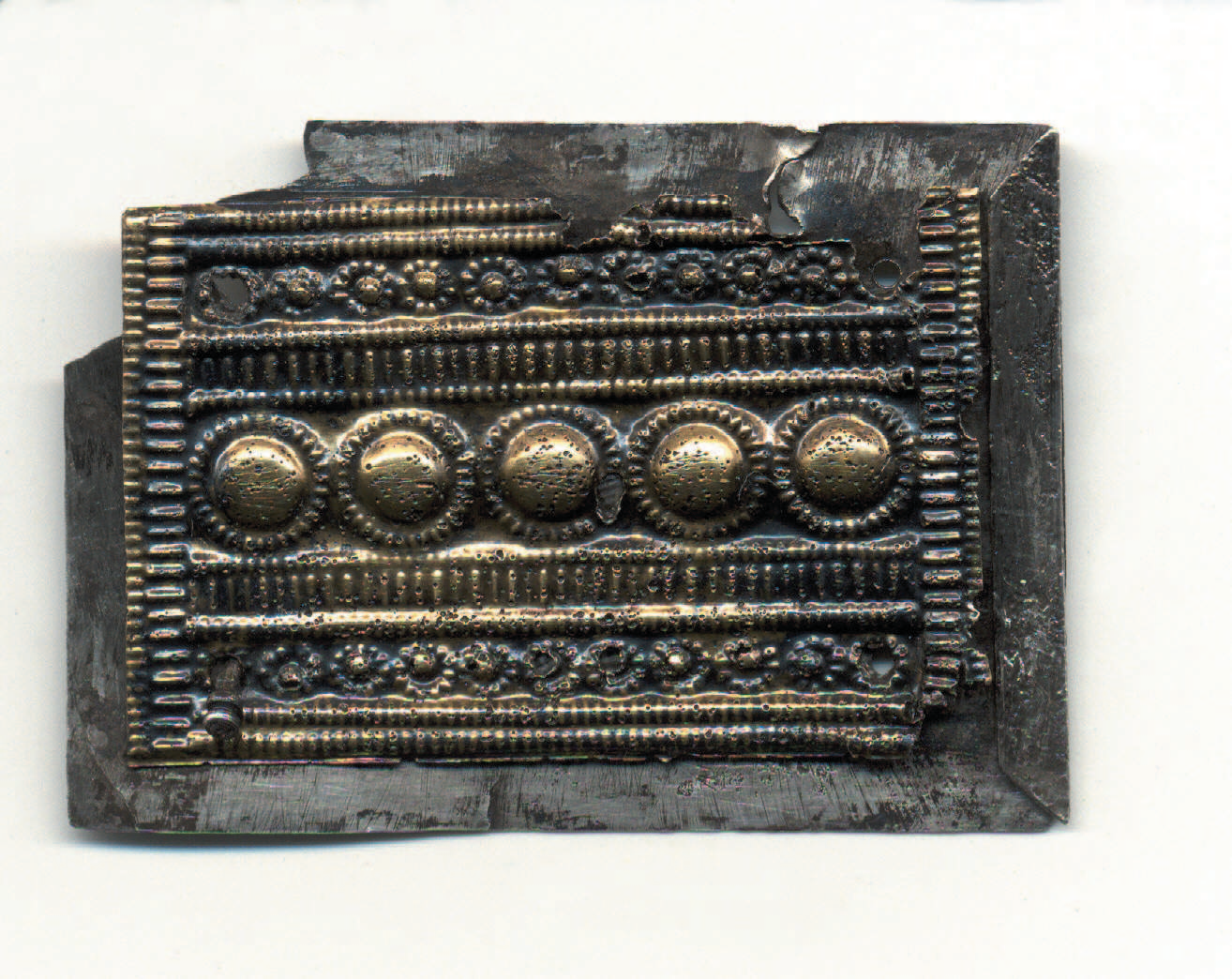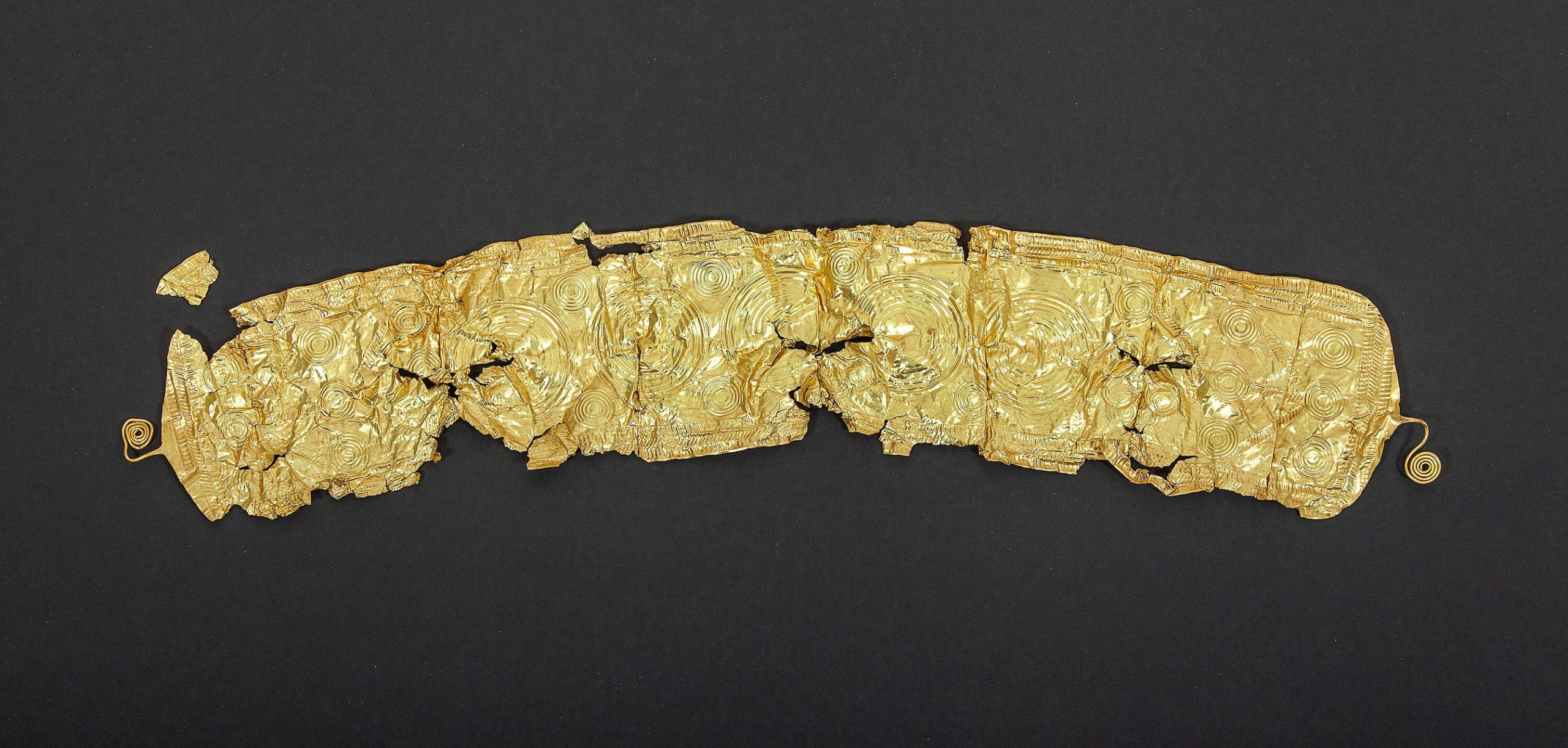“Prince’s Grave” of Wolfsheim
The grave was dated based on a solidus of the Roman Emperor Valens (364-378 CE) that was also found.
Author: Lutz Luckhaupt
Used literature:
- Bernhard, Helmut: Germanic finds of late antiquity between Strasbourg and Mainz. SJ, 38, pp. 72-109 (1982).
- Quast, Dieter: The “Pektorale” from Wolfsheim, district of Mainz-Bingen. Germania 77, 2 (1999), pp. 705-718.
- Rupprecht, Gerd. Wolfsheim. “Prince’s Grave”. In: Heinz Cüppers (Ed.): The Romans in Rhineland-Palatinate. Stuttgart 1990, p. 672.
Created on: 01/10/2017 >> [ link ]
“… the golden amulet with garnet inlays. On the back of the amulet there is a Middle Persian inscription: “Artachschatar”. Translated, this inscription calls the name Ardaschir. This is either Ardaschir I (224-239 / 40 AD), the founder of the Sasanid Empire in Persia, or Ardaschir II (379-383 AD), one of his successors. The amulet is therefore a Sasanid work. Quast was able to prove that the amulet was originally a locking plate of a Persian cuff bracelet. The buried person then had the plate reworked by attaching a heart-shaped pendant. He no longer used it as a bracelet, but wore it as an amulet. Based on the inscription, the amulet is dated to the 4th or even the late 3rd century AD. If Ardaschir I is mentioned in the inscription, the amulet was already 100 years old when the “Germanic prince” took it to the grave.”


Photo Lutz Luckhaupt

Alexandra Hilgner https://www.academia.edu












